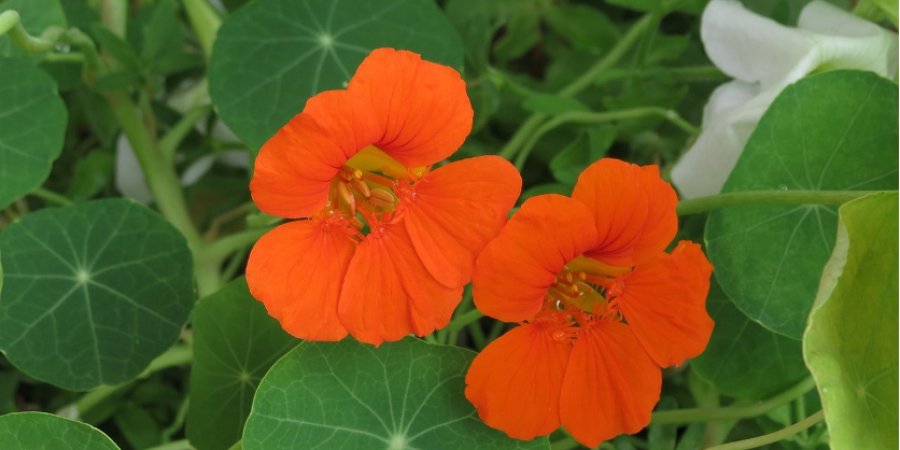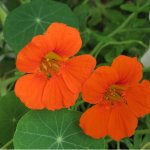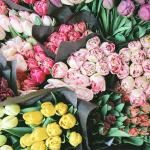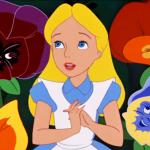Edible Flowers: Flowers You Can Eat

Edible flowers have a rich history of culinary use, dating back to ancient civilizations like Rome, China, the Middle East, and India. These vibrant blooms not only add a visually stunning touch to dishes but also offer unique flavors and potential health benefits. From decorating cakes to creating teas and jams, there are countless ways to incorporate edible flowers into your culinary creations. In this comprehensive guide, we'll explore the world of edible flowers, including their history, uses, and the most common varieties you can grow in your own garden.
The Fascinating History of Edible Flowers
The tradition of using edible flowers in cooking spans thousands of years and various cultures. Ancient Romans incorporated flowers into their dishes, while Chinese cuisine embraced the use of flowers for both flavor and medicinal properties. In the Middle East and India, flowers played a significant role in creating aromatic and visually pleasing meals. Today, the use of edible flowers continues to thrive, offering a delightful and creative way to elevate your culinary experiences.
Exploring the Culinary Uses of Edible Flowers
Edible flowers bring a burst of color, flavor, and aroma to a wide range of dishes. Whether you're looking to add a touch of elegance to a salad or infuse your beverages with floral notes, edible flowers offer limitless possibilities. Here are some of the most popular culinary uses for these beautiful blooms:
1. Decorating Cakes and Desserts
Edible flowers provide a stunning decorative element for cakes, cupcakes, and desserts. Imagine a beautifully frosted cake adorned with delicate pansies or rose petals. Not only do these flowers make your creations visually appealing, but they also add a subtle floral flavor that complements sweet treats.
2. Fresh Additions to Salads
One of the simplest and most refreshing ways to incorporate edible flowers is by adding them to salads. Their vibrant colors and delicate petals can transform a plain salad into a work of art. Nasturtiums, pansies, and marigolds are popular choices, offering a range of flavors from peppery to citrusy.
3. Frozen in Ice Cubes
For a unique twist on your beverages, freeze edible flowers in ice cubes. Whether you're serving water, iced tea, or cocktails, these flower-infused ice cubes will add a touch of elegance and flavor to your drinks. It's a simple yet visually appealing way to impress your guests.
4. Herb Butters and Spreads
Elevate your butter or cream cheese spreads by incorporating finely minced edible flowers. The delicate petals blend seamlessly with the creamy texture, infusing it with unique flavors and aromas. Spread it on freshly baked bread or use it to enhance the taste of your favorite dishes.
5. Jams and Preserves
Edible flowers can be transformed into delightful jams and preserves. Their vibrant colors and natural sweetness make for a truly unique spread. Rose petal jam, for example, offers a fragrant and slightly floral taste that pairs well with toast or scones.
6. Teas and Infusions
Many edible flowers can be steeped to create flavorful and aromatic teas. Chamomile flowers, for instance, have long been used to brew calming and soothing teas. Lavender flowers, with their distinct aroma, produce a tea that is both relaxing and refreshing.
7. Creative Cocktails
Add a touch of elegance to your cocktails with edible flowers. From garnishing martinis with an edible orchid to using hibiscus petals in a refreshing summer cocktail, these blooms elevate your drink presentation and provide a burst of flavor.
The Health Benefits of Edible Flowers
In addition to their visual appeal and culinary versatility, edible flowers offer potential health benefits. While research is ongoing, certain flowers have been found to contain antioxidants and anti-inflammatory properties. Here are some examples of edible flowers that may offer health benefits:
1. Hibiscus
Hibiscus flowers, commonly used to make herbal tea, have been linked to potential benefits for heart health. Some studies suggest that hibiscus may help reduce blood pressure and cholesterol levels. However, more research is needed to fully understand the impact of hibiscus on cardiovascular health.
2. Dandelion
Dandelion flowers, often considered weeds, are highly nutritious and packed with antioxidants. They have traditionally been used for their potential liver-protecting and diuretic properties. Dandelion greens are rich in vitamins and minerals, making them a valuable addition to a healthy diet.
3. Lavender
Lavender flowers are renowned for their calming aroma, which can help reduce stress and promote relaxation. Lavender is often used in aromatherapy and has potential anti-anxiety and sleep-inducing effects. Incorporating lavender into your diet may offer these calming benefits.
4. Honeysuckle
Honeysuckle flowers have a long history of use in traditional Chinese medicine. They are believed to have anti-inflammatory properties and have been used to alleviate various inflammatory conditions. However, more research is needed to fully understand the medicinal potential of honeysuckle flowers.
Growing Your Own Edible Flowers
To ensure the safety and quality of the flowers you consume, it's best to grow your own or source them from organic, pesticide-free sources. Luckily, many edible flowers are easy to grow and require minimal maintenance. Here are some popular annual and perennial varieties that you can cultivate in your own garden:
- Calendula (Calendula officinalis): These vibrant orange or yellow flowers have a peppery flavor and are often used in salads and herbal teas.
- Nasturtium (Tropaeolum majus): With their vibrant colors and peppery taste, nasturtium flowers are a popular choice for salads, garnishes, and even pickling.
- Marigold (Tagetes spp.): Marigold flowers come in various colors and have a slightly bitter, citrusy flavor. They are often used in salads and as a natural food coloring.
- Viola (Viola spp.): These delicate flowers, also known as Johnny jump-ups, have a mild, sweet flavor and are perfect for garnishing desserts and salads.
- Chive (Allium schoenoprasum): Chive flowers have a mild onion flavor and make a lovely addition to salads, pasta dishes, and even omelettes.
- Lavender (Lavandula spp.): The fragrant flowers of lavender are not only visually pleasing but also offer a subtle floral flavor. They are excellent for infusing syrups, baking, and making herbal teas.
- Rose (Rosa spp.): Rose petals, with their fragrant aroma and delicate taste, are perfect for decorating cakes, making jams, or infusing beverages.
Remember to research the specific growing requirements for each flower and provide them with the necessary care to ensure healthy growth and abundant blooms.
Precautions and Considerations
While edible flowers can add beauty and flavor to your meals, it's essential to exercise caution and follow some guidelines:
- Only consume flowers that are known to be edible. If you're unsure, consult a reliable reference book or reputable source.
- Avoid flowers that have been treated with pesticides or other chemicals. Flowers from florists, garden centers, or nurseries are often not suitable for consumption.
- Remove any bitter parts of the flowers, such as the white base of petals, stems, and interior parts.
- If you have allergies or sensitivities, introduce edible flowers gradually to assess any potential reactions.
- Properly store flowers to maintain freshness. Place them on moist paper towels, refrigerate in an airtight container, or use them immediately.
By following these precautions and guidelines, you can enjoy the beauty, flavors, and potential health benefits of edible flowers with confidence.
In Conclusion
According to florists and experts who write for us on flowers, edible flowers offer a delightful and creative way to enhance your culinary experiences. From decorating cakes to infusing teas and creating unique cocktails, these vibrant blooms bring color, flavor, and visual appeal to a variety of dishes. With proper care and consideration, you can grow your own edible flowers and explore their unique tastes and potential health benefits. So, why not embark on a journey of culinary exploration and elevate your meals with the delightful presence of edible flowers?
More to Read:
Previous Posts:


